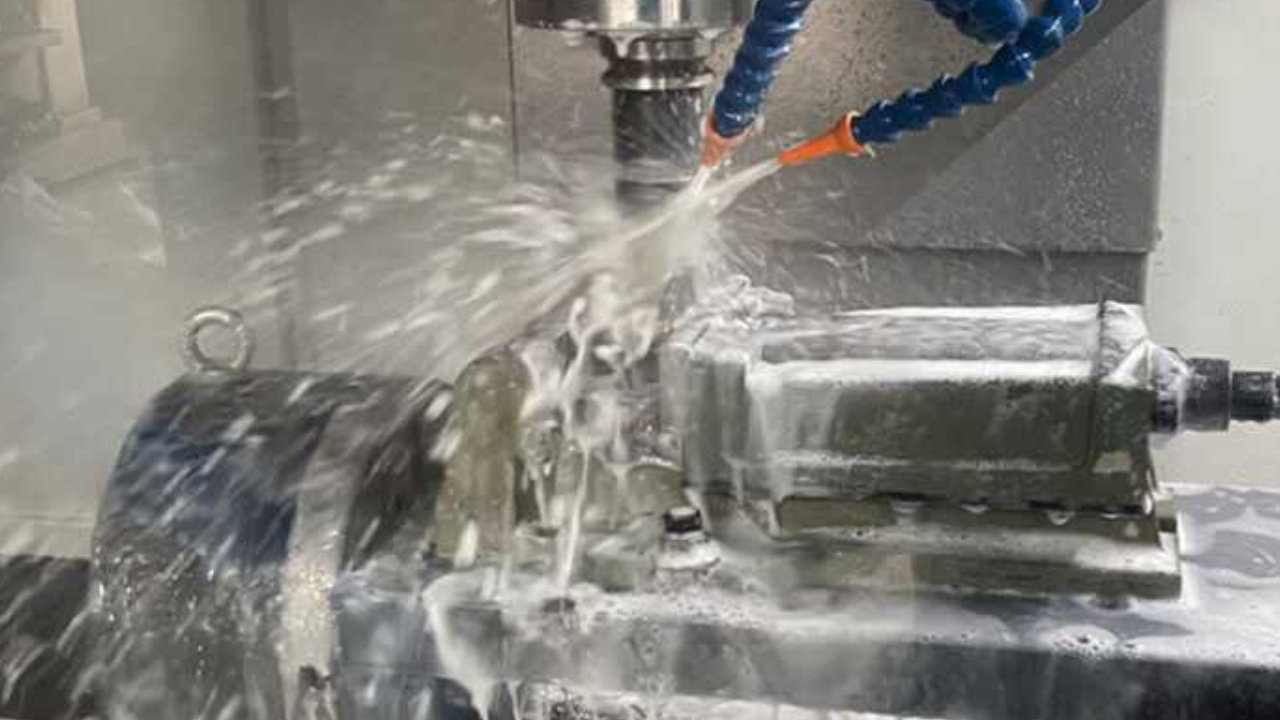Digital plate making has revolutionized the flexographic printing industry, advertising various advantages over conventional methods. Flexographic printing, commonly known as flexo printing, is a flexible and proficient handle broadly utilized for bundling and labeling. By disposing of the requirements for middle film negatives, computerized plate-making streamlines the plate generation preparation, making it quicker and more exact. This strategy guarantees higher accuracy and consistency in prints, capturing indeed the finest subtle elements.
Furthermore, digital flexographic plate making decreases mistakes and inconstancy, driving consistency over huge print runs. The expanded productivity and diminished squander related to digital plate making moreover contribute to fetched reserve funds and natural maintainability. Generally, the integration of computerized plate making into flexographic printing has improved print quality, efficiency, and adaptability, assembly of the tall guidelines of modern bundling and labeling necessities.
The Part of Advanced Plate Making in Flexography
Digital plate making has revolutionized the flexographic printing industry, offering various preferences over conventional strategies. Flexographic printing, commonly known as flexo printing, is a flexible and effective printing preparation utilized broadly for bundling and labeling. The presentation of digital plate making has essentially improved the quality, consistency, and effectiveness of the flexographic printing preparation.
Conventional vs. Digital Plate Making
Traditionally, flexographic plates were made utilizing analog strategies, which included a few steps such as film preparation, light introduction, and chemical improvement. This process was time-consuming and inclined to blunders, driving irregularities in print quality. Computerized plate making, on the other hand, rearranges this preparation by dispensing with the requirement for middle film negatives. Instep, computerized plates are created specifically from advanced records utilizing computer-to-plate (CtP) innovation.
Precision and Quality Enhancement
One of the essential parts of digital plate making in flexography is to improve the accuracy and quality of printed materials. Advanced plate-making permits the coordinated exchange of high-resolution images from digital records to the printing plate. This handle guarantees that indeed the finest points of interest are captured precisely, coming about in more honed, clearer prints.
Consistency and Repeatability
Consistency is vital in printing, particularly for expansive print runs. Advanced plate making exceeds expectations in giving reliable comes about over different plates. Since digital preparation is exceedingly mechanized, it decreases human mistakes and changeability. This consistency guarantees that each print delivered is identical, keeping up the integrity of the plan all through the print run. The repeatability of advanced plate-making could be a critical advantage for brands and producers who require consistency in their bundling and labeling.
Efficiency and Speed
Digital plate-making essentially decreases the time required to create flexographic plates. The end of steps such as film preparation and chemical advancement streamlines the workflow, permitting for quicker plate generation. This expanded speed interprets to faster turnaround times for printing employments, improving in general efficiency. For printers and converters, this implies they can meet tight due dates and handle larger volumes of work more productively.
Cost-Effectiveness
Whereas the starting investment in advanced plate-making innovation can be considerable, the long-term benefits regularly exceed the costs. Advanced plate-making diminishes the requirement for consumables such as film and chemicals, driving to cost of investment funds within the plate-making preparation. Furthermore, the expanded effectiveness and decreased mistake rates related to computerized plate making minimize squandering and adjusting, and encourage contributing to cost reserve funds.
Environmental Affect
Digital plate-making is additionally more ecologically inviting compared to conventional strategies. The decrease in chemical utilize and squander produced amid the plate-making process aligns with the developing accentuation on maintainability within the printing industry. Digital plate-making bolsters eco-friendly hones by minimizing the natural impression of the plate generation handle.
Adaptability and Advancement
The flexibility offered by digital plate-making permits more noteworthy architects and printers can explore complex plans and unused printing methods without the restrictions forced by conventional plate-making. Advanced plates can effectively oblige variable information printing, empowering personalized and customized bundling arrangements.
Conclusion
In rundown, digital plate making plays a pivotal part within the flexographic printing industry by improving accuracy, consistency, and productivity. It rearranges the plate-making preparation, decreases costs, and underpins maintainable hones. The headways brought around by computerized plate-making have changed flexographic printing, empowering it to meet the tall measures of modern bundling and labeling prerequisites. As innovation proceeds to advance, digital plate making will without a doubt stay a foundation of flexographic printing, driving assist development and advancements within the field.













